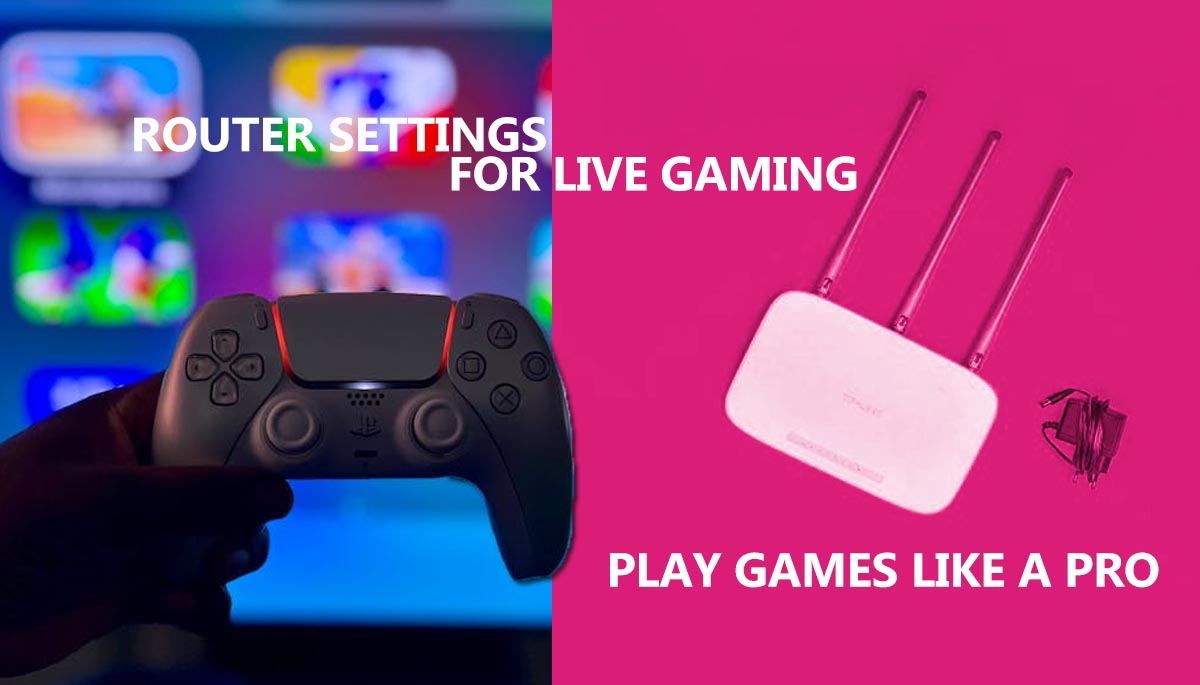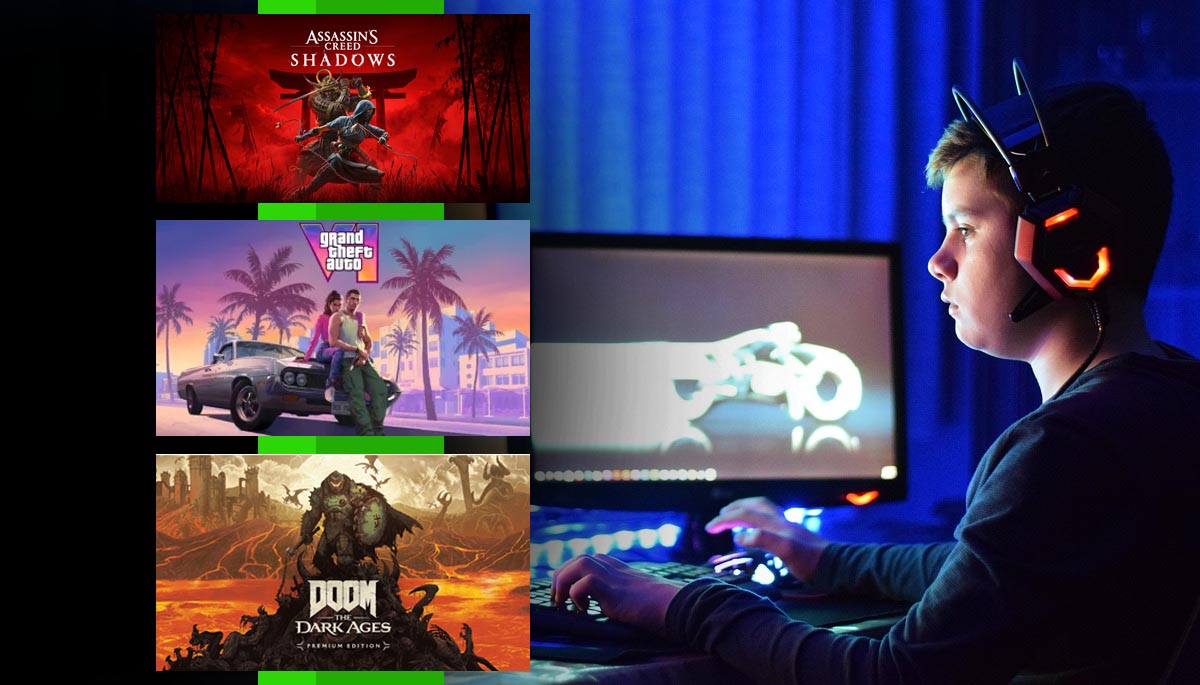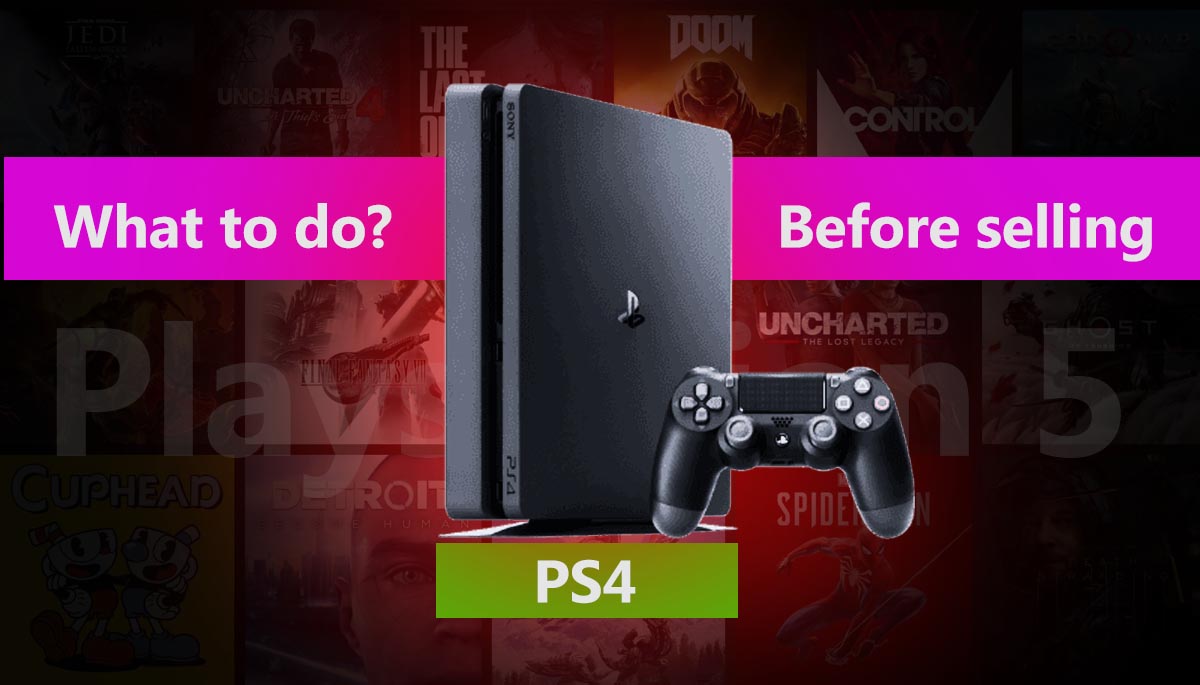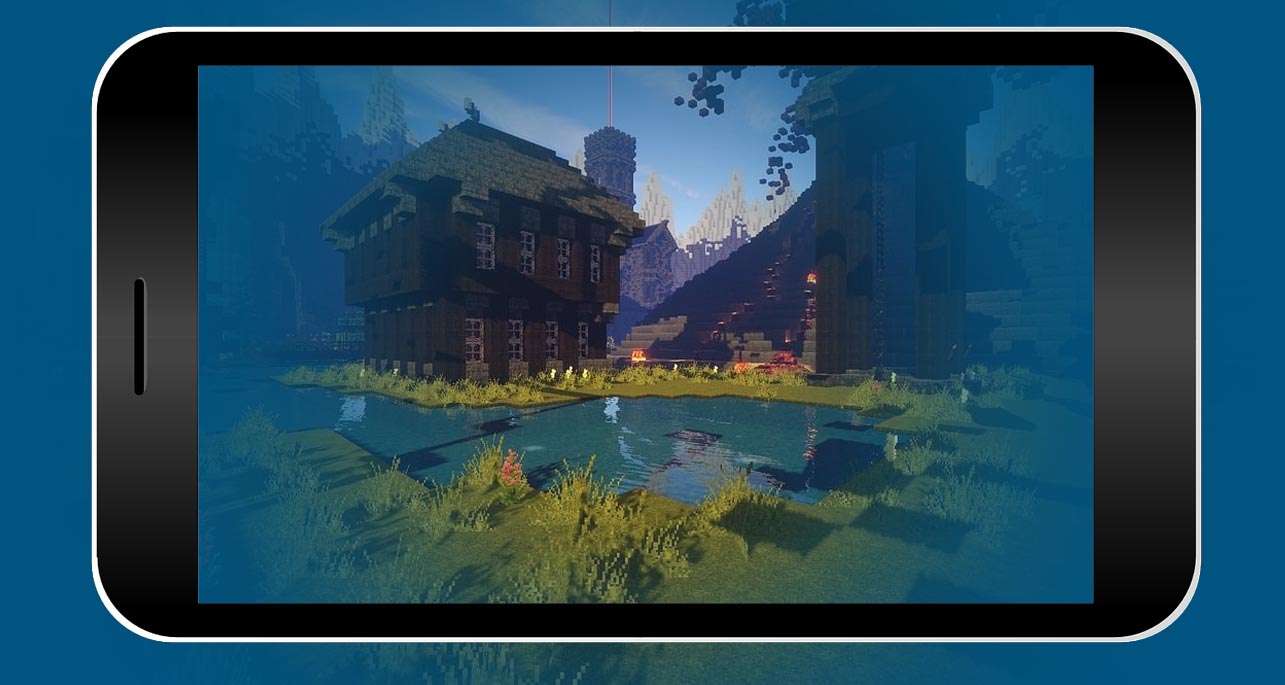Inlet CEO pat idm tower amdthompsonstratechery is brief interview podcast where the Gelsinger answered all queries regarding the AMD semiconductor, who is one of biggest and primary rival of Intel.
The podcast was conducted on the https://stratechery.com/ and you can check the full interview in text form here. In this interview, Intel CEO Pat Gelsinger answered a number of questions and cleared the future goals.
So guys, if you have been waiting for it, then its time to get all answers. So without further a due, let’s jump and see what we have in this podcast!!!
Intel CEO pat idm tower amdthompsonstratechery – Podcast Interview
Intel is one of the firms that I have focused on since the inception of Stratechery. Intel was the undisputed leader in advanced chip manufacturing at the time, and I advised the corporation to establish a foundry business; nonetheless, Intel lost its leading position to TSMC, despite the fact that TSMC’s dominance raised serious geopolitical problems.
A little over a year ago, I proposed that the firm should be divided, but Pat Gelsinger returned to Intel with IDM 2.0. Intel would reap all of the advantages of a split while preserving all of the advantages of being a single firm. There is uncertainty as to whether Intel can actually accomplish this.
Earlier this week, I spoke with Gelsinger about IDM 2.0, the acquisition of Tower Semiconductor, and the decisions Intel did not make.
Even if you are primarily a reader, the Daily Update Podcast is very excellent for interviews.
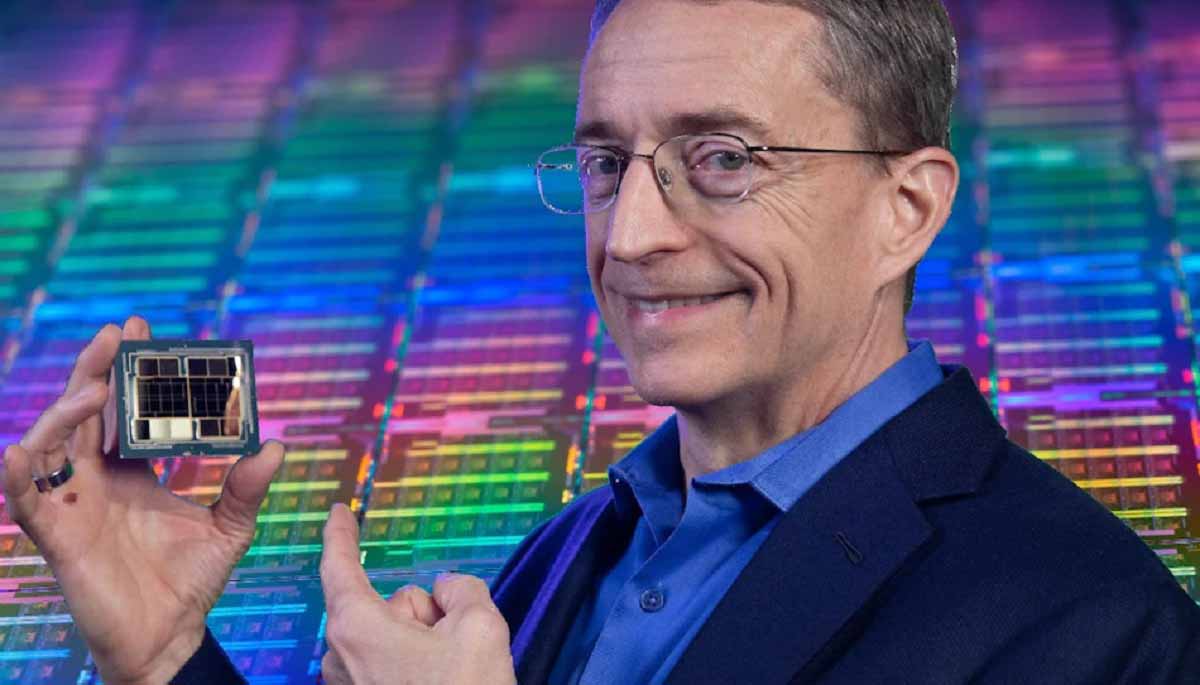
Pat, it is a pleasure to meet you. I appreciate your time and consideration. Last week, AMD momentarily surpassed Intel in market capitalization, and I believe Nvidia achieved so some time ago; nevertheless, neither AMD nor Nvidia manufacture their own chips. It’s almost the opposite of the Jerry Sanders remark, “Real men have fabs!” How seriously did you consider following the same path, creating a fabless firm, and focusing on your design while you were considering your plan for Intel upon your return?
Pat Gelsinger: Permit me to provide perhaps three distinct responses to this issue, with each becoming increasingly academic. First, I created a strategy document for the board of directors in which I suggested that if they wanted to divide the firm in two, they could employ a private equity (PE) type to do so instead of me. I explained what has become IDM 2.0, which is my plan. Therefore, if you’re employing me, this is the strategy, and the board unanimously asked me to be the CEO and endorsed the strategy I outlined, of which this is a component. All of those discussions took place before I became CEO, therefore there was no debate, reflection, etc., since this is the final decision.
Second is, so let’s contemplate this for a while. Let’s disregard the fact that we’ve outlined the IDM 2.0 plan and instead use AMD as a case study. When did they sell their masterpieces?
Eleven years ago? In twelve years?
PG: 2008.
(laughing) Oh, guy. In fourteen years!
PG: Okay. Then, for how many years was AMD a phenomenal success?
Specifically, only the final few.
PG: Three most recent years. So it took them eleven years to overcome it at that level. During these eleven years and when they sold it off, there was a big commitment that GlobalFoundries would be their leading-edge process technology provider.
Right. And GlobalFoundries fled the scene.
PG: GlobalFoundries failed to stay current on the front end of technology, and as a result, they are now a tier-two mature node foundry for the industry and doing well, but they had to redefine their business model because they could not compete with TSMC or be part of the Big Three, I’ll call them Samsung, TSMC, and Intel on leading edge. So their original strategy to split the company and have it become a leading edge provider to them failed, and even they had lawsuits between them to clean up that mess because they couldn’t stay current and had to essentially follow in Apple’s footsteps in making TSMC a competitive leading edge foundry. And I could argue that, had this not occurred, TSMC would not be a cutting-edge, viable foundry today. Apple pushed them to be successful in terms of volume, capacity, technology, etc., and they’ve done a good job of it.
Second, the strategy as envisaged when they dismantled it was unsuccessful. Today, AMD is successful as a fabless vendor, but not because of the split. Rather, they were able to essentially form a second business and rely on TSMC. They are now a thriving corporation, but not because of the split that caused them to become fabless at that time.
The West needs a world-class technology supplier, and I do not believe that Intel could exist for many, many years until that is the case if it were split in two. Remember, given cash flows, R&D streams, and products that enable us to drive that, I’m dedicated to going to repair it, and I believe we’re on the right track to do so since I’ve been here. Therefore, for these three distinct reasons, we picked the IDM 2.0 course, but not because we didn’t consider the alternative; we did.
I believe you were more specific than you’ve ever been in the Intel Investor Meeting about Intel’s geopolitical significance, and you just restated that. Obviously, this plays a part in passing legislation such as the CHIPS for America Act, but I’m curious how it has impacted talent recruiting. The speed with which you’ve restructured a significant portion of Intel’s management has been very impressive to me, and in the grand scheme of things, how much does that factor into the pitch versus “Hey, a lot of people come back to Intel” or the opportunity to take on this challenge, how much does the patriotic angle, for lack of a better term, play into that?
PG: It’s a gimmick, but the majority of engineers are attracted by the amazing things they work on. This is part of the reason we are here, but if you ask my CFO, Dave Zinsner, he has this on his to-do list. If you were to ask Christy [Pambianchi], my Director of People, this is also on her must-do list. Nick [McKeown] is here to revolutionise networking, but he has this on his to-do list, so I’ll say it’s a factor. It’s not number one, but it’s on the list of reasons why people are returning, and so many of the comments, Ben, that I’ve received from people — sometimes it irritates me that the stock is down, the investors are pessimistic, and everyone is cheering us on. Oh, Pat, you have to be successful! Therefore, buy my stock. Put your friggin money where your mouth is if you’re going to say it, but even among our critics, the passion for our achievement could not be stronger.
I too observe this in the feedback I have received.
PG: Even those who say, “Hey, I’m not sure Pat will ever be able to pull this off. I’m unsure, it’s dead money for two or three years, etc., but I certainly hope he succeeds!
Even though Intel is retaining production, and I wrote about this a few weeks ago, it appears to me that a de facto internal divide has occurred with regard to the IDM 2.0 approach.
PG: Yeah.
Including the fact that Intel is increasingly outsourcing to TSMC. In your investor presentation, one of your future architectures included a CPU chip designated N3 by TSMC.
Intel is compelled to adopt these industry standard tools and methodologies, which Intel has previously discussed, but now it has no choice if it wants to be modular. You can’t rely on integration and figuring stuff out in partnership with manufacturing, but that also feels like a great wake-up call for manufacturing, as they can’t force the design team to bend to their will when it’s an external customer, and now they can’t force it to do so when it’s an internal customer. Or is this too much of an attempt to find a silver lining in a somewhat unsatisfactory circumstance in which outsourcing is necessary?
PG: No, it is not. It is part of my deliberate plan, since I have a slide in my presentation stating that IDM improves IFS and IFS improves IDM.
This is a component of that. Among the things I said was, “Hey, IDM improves IFS. Hey, at that level it inherits $10 billion in R&D for practically free!” IFS is enabled by massive capital expenditures, etc., but IFS also improves IDM for the reasons you describe. I do not need to benchmark my TD team because my IFS customers are already doing so. I find some of these talks, Ben, just delightful. We’ve discussed these five whale consumers, and these are live dialogues. Teams are now asking, “What about the very low voltage threshold for the thin pitch library that we’re going to utilise for this particular cell?” TSMC is providing us with these characteristics, but you don’t characterise that corner. Okay, what was that? “Characterize the intersection!” Your PDK is not as robust as Samsung’s or TSMC’s in describing the process technology for my team’s simulation.” Well, what can I say? All of these things are described in dialogues that make my TD team better and my design teams more productive, because they would have pushed my TD team in the past to say, “Hey, we need that thin cell library at low voltage,” and my TD team would not have understood.
Right.
PG: Because the processor did not support it. It was similar to saying, “Hey, for some of these use cases here.” Now that they understand, all of these factors motivate us to improve. So, in a not-so-subtle way, I’ve unleashed market forces to dismantle a portion of the NIH of the Intel core development machine, which is part of this IFS improving IDM.
That makes a great deal of sense. You have a roadmap with five nodes in four years, and I have two questions about it. The first relates to a previous comment you made about Apple’s partnership with TSMC in achieving the next node and the significance of that partnership for TSMC. I believe I’ve seen that Intel’s function in this new Tick-Tock plan, Tick-Tock 2.0, is to push either the tick or the tock, with the tock being made available to your consumers. I assume this is an example of how Intel’s status as a single entity benefits the corporation, since you get to play the Apple role that Apple played for TSMC, but for yourself.
PG: Yes, it is accurate. Now, because I expect Intel 18A to be a really good foundry process technology, I’m not opposed to customers utilising 20A. However, most customers don’t want to go through the hassle of making such a significant change to the process technology on the front end. Consequently, my internal design teams typically push breakthrough, painful, early-line projects, which is quite similar to the role that Apple played for TSMC. If Apple showed up and said, “Hey, I want to do something in 20A,” I would agree.
Come inside!
PG: There are ten companies that can play that role, including Qualcomm, Nvidia, AMD, MediaTek, and Apple, which are also driving those front end design cycles. If one of them wanted to do that on Intel 4, I’d do it, but I anticipate Intel 3 will be a better node for the majority of foundry customers, just as Intel 18A will be a better node for the majority of foundry customers.
I believe it’s simply Apple, and I believe that’s one of the most compelling reasons for Intel to do this themselves. It’s also advantageous for TSMC to have Intel on board as a counterweight.
Also, is there a positive aspect to being in second place? You’ve highlighted a great deal that you are learning and profiting from your suppliers in a way that Intel did not previously, and I’d like to delve a bit deeper into that. These suppliers have learned a great deal from TSMC and Samsung; to what extent does your trust that you can learn from your suppliers influence your belief that you can realistically achieve this extremely rapid rate of development?
PG: It is a considerable advantage. My squad dislikes the concept of finishing second in the race, therefore they are quite competitive. We do believe that at 18A we are certainly back in the leadership position, but the fact that TSMC and ASML have already accelerated the learning curves for EUV on Intel 4, for example, is a huge boon. My question to ASML is, “Are my layers per day on EUV competitive?” Period. If not, then why not? I would think that we currently have extremely robust conversations on these topics. “Well, they’re measuring it differently than we do,” and “How do you measure downtime and maintenance windows and all that other nonsense?” and I’m like, “Hey, I don’t care. Just provide me with the facts.” And you know, I ask ASML’s Peter Wennink and Martin van den Brink, “How are we doing?” Or Gary [E. Dickerson] at Applied Materials, and it eliminates a great deal of these possibilities; cracking open these doors simply compels us to increase our competitiveness.
I agree that persuading Intel to abandon the “They’re measuring it differently” justifications would be a victory in and of itself.
PG: (laughing) (laughing)
Very interestingly, because Intel did not have a foundry company in the past, it was not able to generate a lot of money off of depreciating foundries that were making products for practically 100% profit. Instead, Intel adopted a strategy of reusing equipment and repurposing it for the next node, which had a ripple effect on the design because they had to accommodate using equipment longer, etc. This, in my opinion, was one of the reasons why Intel hit a wall, because they were dragging along a lot of outdated equipment.
Do you believe it’s viable to be an IDM-only company in the same manner as Intel? Or is it just so tough to be cutting-edge that you must start from scratch each time? Therefore, in order to be lucrative, all previous processes must remain in use for an extended period of time, which is the definition of a foundry business. Ignoring everything else, the EUV delay, and other factors, is it even conceivable to execute the old Intel plan at this point?
PG: I believe it’s doable. If Intel hadn’t botched 14 to 10, I believe they would still be doing well, and we wouldn’t have been in such a dire situation. Having said that, a superior business model is available to us, and we want to seize it. I believe we made some poor equipment decisions because we repurposed when we could have embraced new. I believe that if we had a natural exhaust path for those processes and equipment selections, we would have been less burdened up front, so I believe that this hampered us in this aspect. I believe this plan to reduce equipment turnover by rolling from 17 to 14 to 10 was detrimental for the business. “We know how to make this tool function, and we know how to do quad patterning, so we don’t need that wacky EUV stuff,” and similar phrases. Nevertheless, I do not believe that the business model was fundamentally flawed. Intel’s failure to consistently execute well was in part due to its isolationist mentality.
When I first met [TSMC CEO] C. C. [Wei], he told me, “Pat, you really irritate me. You profit from the forefront of technology.”
(laughter) Correct, indeed.
And I said, “C.C., you irritate me. You make money on the technological back end!” Consequently, we are now doing both. Now, we are both doing both. With TSMC’s significant price hikes on front-end nodes, he is now pricing such that he is making money on the front-end, which he was not previously doing, and with my addition of a foundry on the backend, I am making money on the back-end nodes moving forward. Consequently, we are both altering our business models in the future. Moreover, because this is such a large and costly enterprise, it is appropriate in both directions.
The Tower acquisition made perfect sense to me since Intel needed to not only expand its foundry portfolio, especially in analogue, but also its capacity to serve external clients. This is why I hoped for an Intel GlobalFoundries partnership at some point. Obviously, they don’t have cutting-edge technology, but to your point, they’ve spent 14 years working out how to service external customers and establishing the intellectual property around that, as well as other similar activities. Tower does satisfy some of these criteria, but my fear is that it is much smaller than Intel, so how do you capture the customer service elements you require without being stifled by Intel’s culture?
PG: Will Tower merge with Intel Foundry, or will Intel Foundry merge with Tower?
Right.
The answer is more likely the second option than the first. I have stated that I intend to unite these enterprises in the future, but that does not imply that this IFS implementation is merely a first step. These will be merged, and I anticipate that the result will be a completely integrated business unit that strongly uses Tower’s 5,000 employees. It is thirty years old, Israeli-centric, and we know a great deal about the importance of Israeli discipline on our team.
I’ve also stated, “Hey, I’d also like to apply a Mobileye-like twist to our foundry company at some point.” Rather than integrating the structure as much, I’m going to keep it more independent to enable that, which will allow me to use Tower and the expertise it develops over time as an integral component of it.
The contrast with GlobalFoundries was also intriguing, and I was intrigued in learning more about GF. When we examined Tower, it became clear that there was a more natural fit than initially appears. One is, “Hey, that would have cost me $30 billion, but this will cost me $5.5 billion —”
To construct fabs, financial resources are required.
PG: When I am capitalising at the rate that I am capitalising, $25 billion is significant, therefore this is essential.
The second is that, as time passes, I produce a natural outflow in the mature nodes. It’s not as if I need GlobalFoundries to assist me develop 16-nanometer and 10-nanometer technologies; I’ll have plenty of both in the future. So Global must keep pushing forward, but they reach a wall at 10 nanometers since they cannot afford to leap over EUV. As a result, Global’s business is naturally compressed between customers having to keep moving forward and hitting the 10 nanometer wall, a problem that I can easily fix. Therefore, they have a depreciating asset that is more expensive. Unlike the speciality technologies, our RF technology, etc., and all the nodes there will exist in perpetuity. They are actually more scalable and resilient over time, but I would suggest that older nodes have natural pressure.
China is investing huge sums of money in its semiconductor business, which is another market phenomenon. They cannot be below 10 [because they cannot obtain EUV], and it is difficult for them to duplicate speciality nodes. Where does it go? It is either stored in memory or mature nodes. I regard the firm as being in a very advantageous position for the years ’22 and ’23 as a result of a more in-depth examination and a current examination of the GF value proposition. But ’24, ’25, ’26, hmm.”
Therefore, if I can acquire Tower’s DNA, maintain its vitality, and prepare for the Intel and specialist complements, I will never again be in the memory business; thus, I am doing everything possible to depart our memory companies.
You don’t want to reverse Andy Grove’s most famous choice, correct?
PG: Yeah, sure. It gradually fills the mature node area as a result of my cutting-edge capacity maturing and depreciating over time. Therefore, I believe that the Tower acquisition actually puts me in a significantly stronger position.
I am curious about this mature node question. Intel was really developing 14 or 16 nanometer technology years after they had already pioneered it because to the wall they hit with 10, so you’ll have plenty of capacity there, but when it comes to 28 to 45 nanometer, you don’t really have any because you rolled that all forward. Should Intel have made this transition earlier? Because these are the nodes where there is an abundance of activity. Are you slightly late, or is it just the right time?
PG: That’s an excellent question, because would I desire to compete with 28 nanometer capacity? To be more effective in the foundry business, I would agree. But what’s going on, Ben, and I believe a well-executed Intel 16 because why would a customer start a fresh design on 28 when they could select 16?
You will have a tremendous amount of capacity and pricing power, among other advantages.
PG: Currently, if I were a TSMC client, it is a sweet spot node for TSMC, so 28 is excellent. As a result of the entire semiconductor scarcity, if you have components older than that, you will have to update their designs. I believe I would say, “Hey, move all the way. “Move to 16 or the final big FinFET technology,” There are various per-transistor costs, performance levels, densities, etc., but if you’re moving your design, I believe we have a decent selection. Additionally, we will be auto-graded on both 3 and 16 as well. Therefore, I believe I can compete fairly well if you alter the design. If you’re on an existing node, I must be essentially compatible with TSMC’s 28-nanometer process. Therefore, I wish I had it, but I’m unsure if it’s worth $30 billion to acquire it. As a result of these broader reasons, I believe we’ve acquired a much more valuable asset than we would have through a GF acquisition, if I can acquire the DNA and I have a large number of speciality technologies that will continue scaling for a long time to come.
A crucial aspect of the success of this strategy is the secular wager that computers will greatly increase. TSMC has evidently placed the same wager, given its capital expenditures are astronomical. Currently, there is a severe chip scarcity, but IFS won’t achieve scale for several years. Are you concerned that, when all of TSMC’s capacity, IFS’s capacity, and Samsung’s capacity comes online — a common occurrence in the semiconductor business — there will be an excess of capacity? Concerned about a decline in this case?
PG: I’m not really, but as I sit here, let’s dissect it a bit further, Ben. Due to the cyclical nature of the semiconductor industry, my first question would be: when was the last time we had a logic surplus, as opposed to a memory excess?
I don’t know.
The last memory excess occurred roughly three and a half years ago. The last surplus of logic occurred over a decade ago. As I stated at the investor event, this concept is that there is an insatiable demand for computation and high performance.
The last decade was dominated by smartphones, but looking forward, it’s all about high performance and machine learning; that’s where all the demand is.
PG: I just realised I want my phone to be more powerful while consuming less power. We’ve discussed the automotive business growing from 4% of the BOM to 20% of the BOM by 2030. I want my cloud to be more potent while consuming less energy. Where will the bill of materials go in the automobile semi? High performance connectivity, autonomous vehicle characteristics, which are hundreds of tops of performance need, advanced infotainment systems, and EV, the electrification of the car, which is mostly specialist nodes at that moment. None of it is allocated to mature nodes; it is all allocated to advanced computing. As we disassemble this, we are not overly concerned.
Let’s now examine the capital expenses. Only three companies are permitted to scale below ten. Samsung, TSMC, and Intel are three semiconductor manufacturers. Clearly, Samsung’s capital budget will be divided between memory, which will account for the majority, and logic. My budget will not be divided between memory and logic; it will be spent entirely on logic. TSMC’s capacity is divided between mature — they must now reinvest the mature nodes — and immature nodes.
They are also constructing mature nodes.
PG: And leading nodes, so I think in that scenario, as we’ve examined it, we’re in the clear, and we have the ace in the hole, a Western foundry. People will feel less and less at ease as Korea versus Taiwan versus Ohio versus Taiwan looms closer. Where will you locate your second supply and second capacity? We will also soon announce our European expansion; there is a preference for Western foundry capability. As we examine this, I believe we are in good shape.
Obviously, we have a lot of work to do, and these things take time to develop, but I believe I’m well-positioned for when the pressure comes.
And the other point I’ve made is, let’s say I have an extra fab stocked with EUV equipment and ready to manufacture wafers in 2026. That can be used in one of three ways. One is to regain market share from AMD. Hey, maybe I do it at a lesser margin point, but that’s fine with me. Second, I go out and acquire more foundry business, although at lower margins, or third, I draw chips from my external foundries back into my own fabs. Any one of these three techniques is extremely cash accretive for the organisation. Consequently, I long for the day when I will have a spare fab, as I believe it will increase the company’s market share and profit margins.
Is x86 still a trump card, or is it losing its status?
PG: I have a 486 computer mounted on my wall. I’m not shy about having a sentimental predisposition here, but an architectural franchise isn’t what it once was in the sense that there are now RISC-V, ARM, and x86. There is a growing family of accelerators that can execute more significant workloads. We support RISC-V, ARM, and x86 because you can’t be as basic as to claim that if it’s not x86, it’s not good, which is why we support RISC-V, ARM, and x86.
Simultaneously, the long tail of a software ecosystem is still incredibly potent. Every day I sell a new x86 socket, which is the most profitable and strategic thing Intel can do. In this aspect, I will be much less biassed towards supporting different architectures, GPUs, etc., with oneAPI to tie everything together, but the x86 franchise is still very much alive. As quickly as Nvidia has boosted GPU workloads in comparison to the much, much larger base of x86 workloads, it is unclear whether x86 workloads have not increased as a proportion of the entire over this time span.
This is quite intriguing. Well, I snuck in one more question, but I feel like I could have asked ten more. I truly appreciate you taking the time to speak with me, and as an American living in Taiwan, I can relate. Consequently, it will be exciting to observe. I do not invest in particular stocks, so please do not look at me with that expression, but I appreciate your time. It is quite intriguing.
PG: Certainly, I value the chat, Ben. Thank you.
That’s all about regarding the Intel CEO pat idm tower amdthompsonstratechery. If we missed anything to point here then, please leave your feedback in the comments and don’t forget to share it with others.

